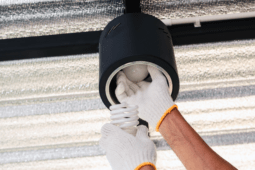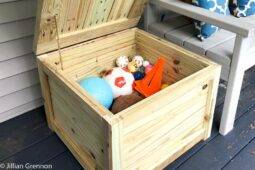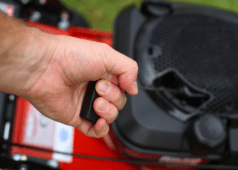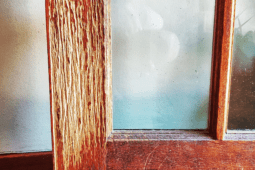How to Wash a Weighted Blanket
Some of us need a little extra help when it comes time to sleep. Quality sleep is imperative for a lot of reasons but there are more than a few issues that can arise to complicate the matter. Weighted blankets are used to help reduce anxiety and improve sleep quality.
Washing them, though, can be a little trickier. Because the material is heavier and can be impacted by different temperatures, it is important to wash the blanket the right way. The process of washing a weighted blanket varies differently between a hand wash and a machine wash. In the case of the former, make sure that you choose a gentle cycle. For the latter, you will have to replace the dirty water with fresh water halfway through.
What is a Weighted Blanket?
Weighted blankets are specially made therapeutic blankets that usually weigh anywhere from five to 30 pounds. Weighted blankets are generally filled with ball bearings, plastic or glass beads.
There are millions who struggle with sleep issues. Using a weighted blanket is a form of therapy known as deep touch pressure therapy or DTP. The additional pressure while sleeping has been shown to increase the release of the drug serotonin, also known as the “happy chemical.”
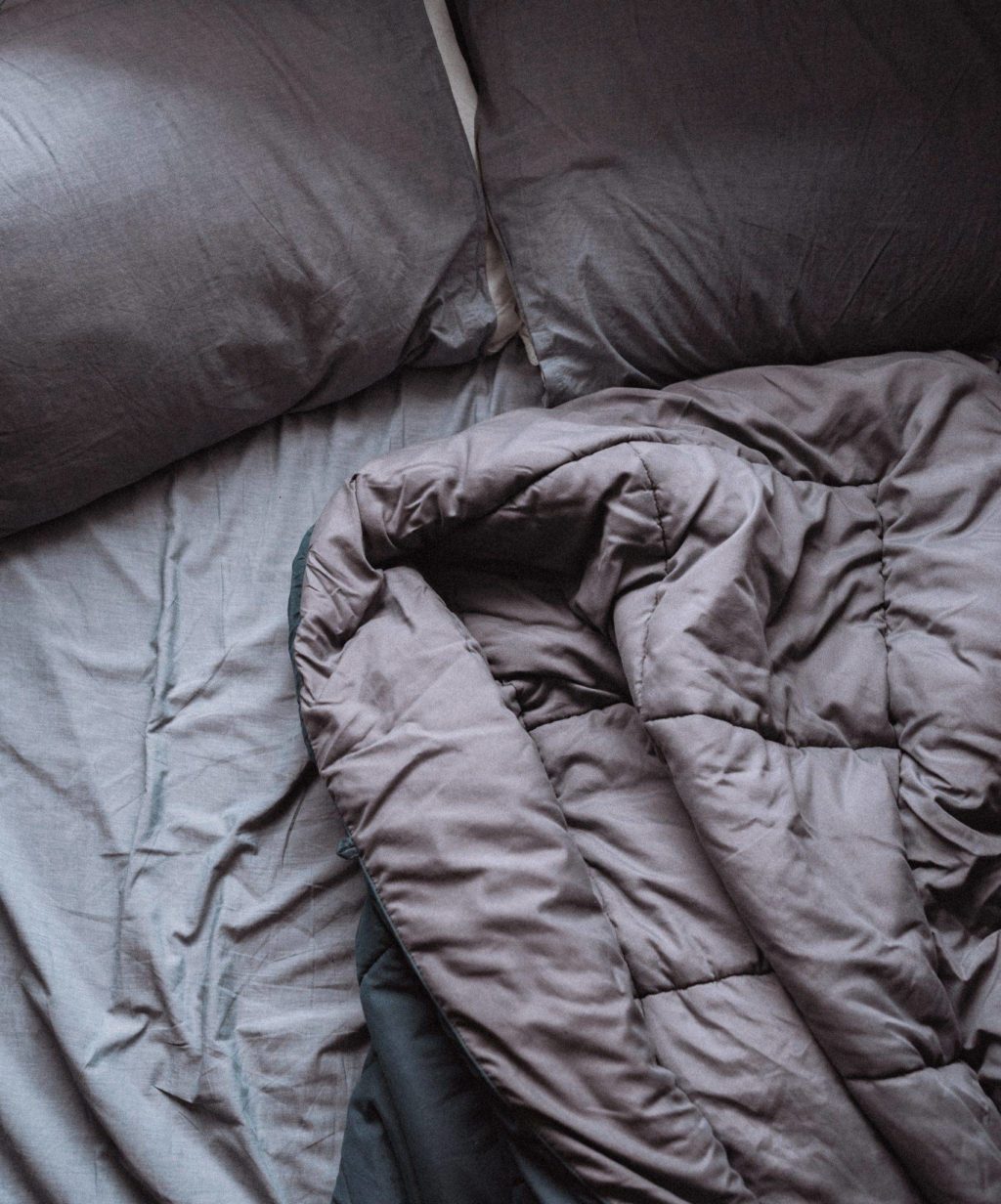
Think of it as a long hug. The idea behind a weighted blanket is to provide a sense of peace and security to the user. That “deep touch” can help to relax your nervous system. The application of pressure throughout the night can help alleviate any tension or pressure.
Weighted blanks not only produce more serotonin but more dopamine as well. These chemicals are the “feel good” chemicals in your brain center. For that reason, weighted blankets are often used to treat those who have a sensory processing disorder, depression, or symptoms of autism.
Pretreating Stains
Before you do anything, you should make sure that you are pretreating the stain. Using a stain remover prior to washing could help you get up any tougher stains. Just mix in a few drops of dish soap mixed with water makes for an effective mixture.
Apply the mixture to the stains, gently scrubbing until you start to see an improvement in the stain. When you can’t see the stains anymore, then you can safely move on to the next step in the washing process.
How to Wash a Weighted Blanket
Before you can go any further, you need to decide whether you are machine washing it or handwashing it. The latter is safer and better for the material but is a lot slower. Using the machine is much more convenient but the risk of damage being done to your blanket.
It’s important to note that you should only wash your weighted blanket in your household washing machine if the blanket is less than 20 pounds. Excessive weight can cause damage to your washer or dryer. For heavier blankets, a commercial-grade washing machine at your local laundromat will suffice.
How to Machine Wash a Weighted Blanket
The easiest path for washing any piece of clothing is going to be the washing machine. After all, there is no method more convenient or cost-effective than throwing it into the washing machine and going about your day.
The caveat is that the wrong settings could be entered, leaving your blanket in trouble. After pretreatment, ensure that the temperature is right. The right temperature is dictated by the material in question.
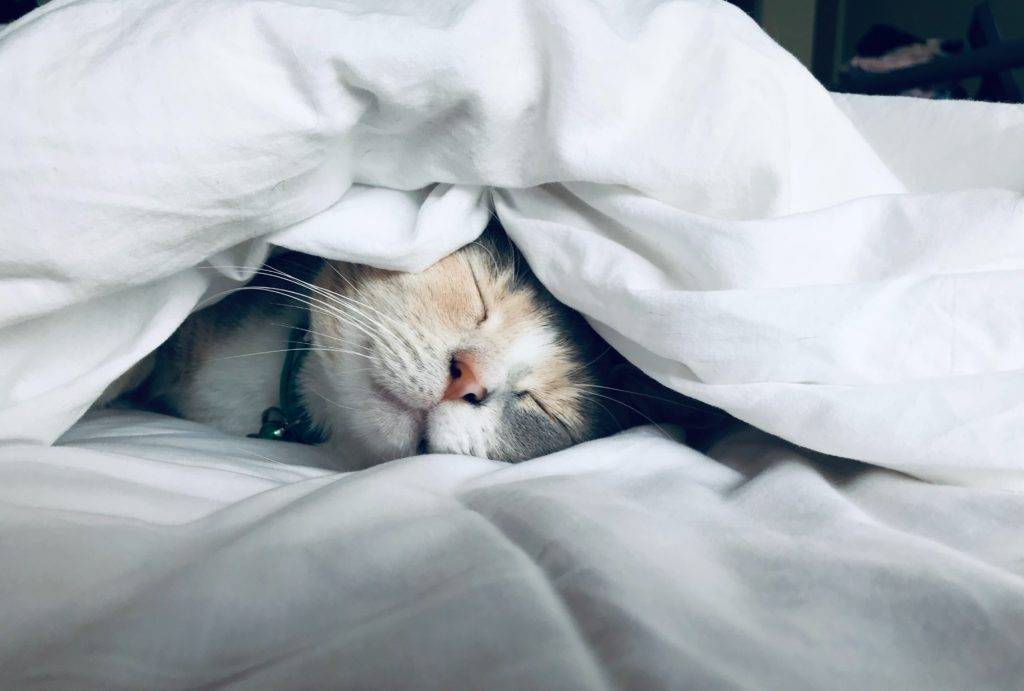
When machine washing, ensure that it is set to the gentle cycle on the machine. This will prevent damage from being done to your weighted blanket. It is best to air dry when finished (more on that later).
How to Hand Wash a Weighted Blanket
Perhaps you have a blanket that is not washing machine compatible. Don’t worry, you will still be able to clean it properly. All you have to do is get a bit old school and wash by hand. As a matter of fact, the most consistent way to launder anything is by hand.
Start by filling the bathtub with lukewarm or cold water. You don’t want excessively warm water otherwise it could potentially shrink the blanket. When the water is too hot, it can lead to the material shrinking.
Next, distribute a mild detergent evenly across the surface, kneading the blanket with your hands. You can also use a variety of kneading tools and techniques to help alleviate the stress that it can take to properly knead.
After a few minutes have gone by, you will likely notice dirt in your water. That’s okay, just replace the old water with fresh water. When you are done, take the blanket out and make sure that you ring it dry as it is important to remove any moisture that may have gotten trapped during the cycle.
It is also important that you know the type of material that you are dealing with. There are generally only a few different material types: fleece blankets, cotton blankets, minky fur blankets, and linen-blend blankets.
Linen Blend Blankets
You will come to find that your weighted blanket may be different than some others. For linen blend blankets, the process is relatively simple. Make sure to go with dry cleaning for linen blend blankets. The reason being that they can be very condition sensitive.
If you insist on doing them yourself, there are some that can go on a cold cycle while others can handle diluted leaches to get rid of tough stains. At the end of the day, follow the tag on your blanket for the best results.
Minky Fur Blankets
These blankets are softer and tend to be more luxurious than the other materials. That said, they can be pretty easy to wash if you have a weighted blanket in this fabric. Minky fur blankets are actually quite low maintenance and easy to clean.
Wash them using either a warm or cold gentle cycle. Also, make sure that you use non-chlorine bleach and any stain removal you do should be done using gentle scrubbing. Anything too harsh could damage the material.
Fleece Blankets
Fleece is a popular choice, especially when it comes to things like pajamas. If you want that out of a blanket, it only makes sense to go with the fleece weighted blank. And learning how to clean them is perhaps the simplest method of all.
Fleece is good with warm water wash cycles and can be dried using a low-heat dry. It is even one of the few blankets meant for anxiety that can stand up to fabric softener when placed in the dryer. This is the easiest of the fabrics to maintain.
Cotton Blankets
Cotton weighted blankets are also the easiest to wash. A cotton weighted blanket can hold up to more than a few washes before it will begin to show wear and tear.
When washing cotton weighted blankets, the key is to stick with a cold/warm mix during the wash cycle. It also doesn’t hurt to add in a cup of vinegar or salt to help lock colors in and prevent any of the dyes from bleeding out. Just make sure to wash cotton blankets on their own so as to avoid unnecessary agitation against the fabric.
How to Dry Weighted Blankets
There are generally three ways that you are going to handle the drying of your weighted blank. Machine drying on low heat, air drying, or dry cleaning are the preferable methods. Any higher heat could be bad as it could interfere with the integrity of the blanket.
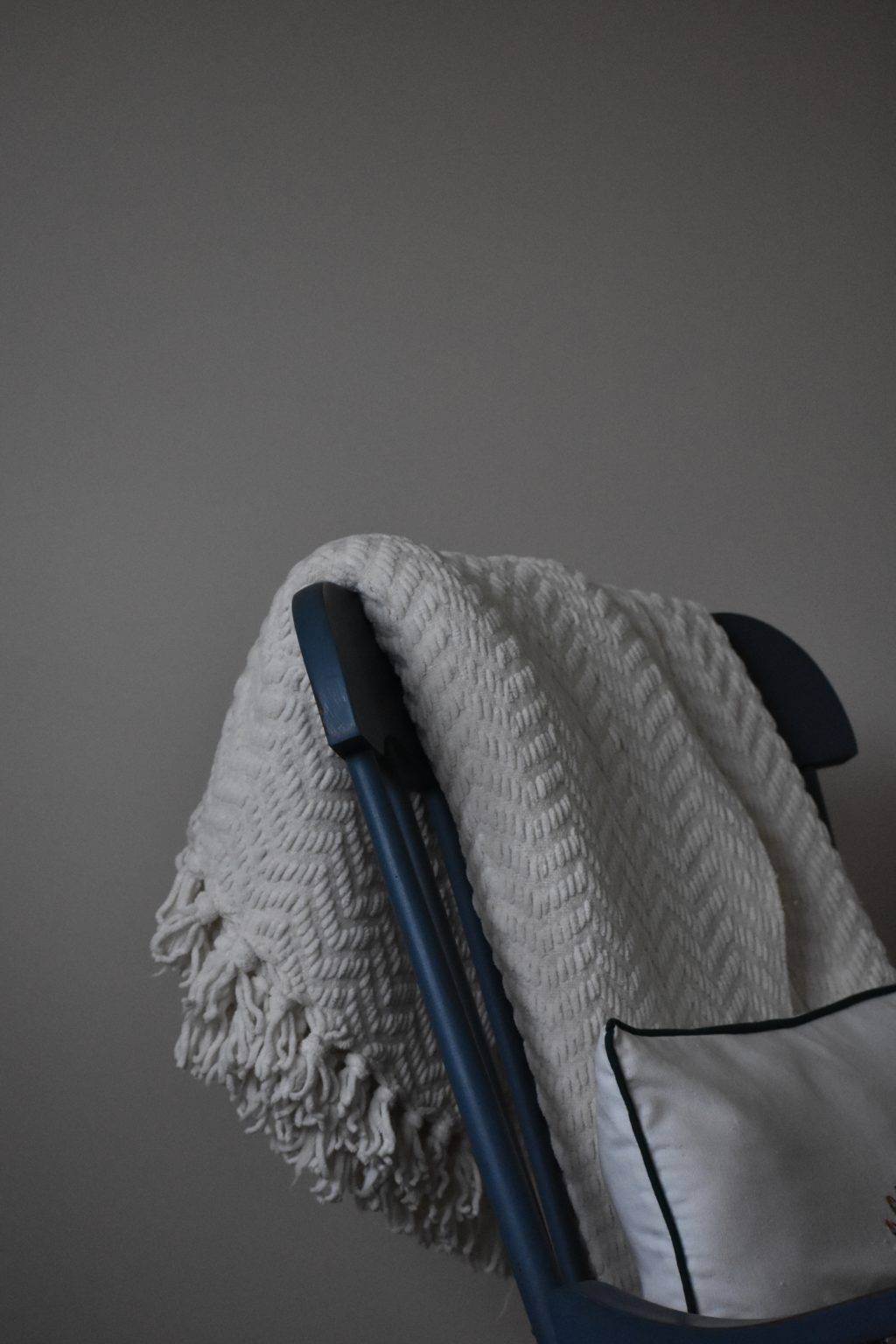
Air Drying
The safest way to dry a weighted blank is to air dry it. By air drying, you ensure that the filler of the weighted blanket won’t be altered or melt entirely. Also, air-drying ensures that you get the most even drying as well.
It is important that you do not use high heat regardless of what method that you are using. You don’t want to do damage to the weighted beads within. Air drying helps to reduce the risk of any damage to the fabric as well. It really is the most preferable option when drying your weighted blanket.
Machine Drying
The most convenient method without a doubt is going to be machine drying. Most people have access to a dryer in their home or apartment complex. The good news is that the vast majority of weighted blankets can be dried in a low heat setting.
Low heat, usually with a gentle tumble dry cycle. Just make sure that you dry the weighted blanket on its own. There should be good circulation in the dryer to ensure that the low heat will properly permeate and deliver the most-even drying experience possible.
Dry Cleaning
There are some types of materials that are best suited to a dry cleaning service since they have the tools needed to do a proper job. If you are in doubt, you can always opt to have your weighted blanket dry cleaned, particularly if they are made of rayon, linen, or wool.
How Often Should You Wash Your Weighted Blanket?
Weighted blankets that are used with a duvet cover should be washed 4-5 times a year with the duvet cover being washed once a week. If the blanket is making direct contact with your skin, it should be washed more often, every few weeks if possible.
Excessive washing can affect the feel and durability of your blanket. To avoid this, a duvet cover can help prolong the life of your blanket.
Final Word
Though they take a little more care than your average garment, weighted blankets are not terribly difficult to clean. It takes a little more attention to detail and care than would otherwise be given to something else that you would be washing.
Also, stick to manufacturer specifications when in doubt. The tag should tell you what temperatures are okay during the wash as well as the best method for drying. Follow those and you should be able to clean your weighted blanket with no issue.


